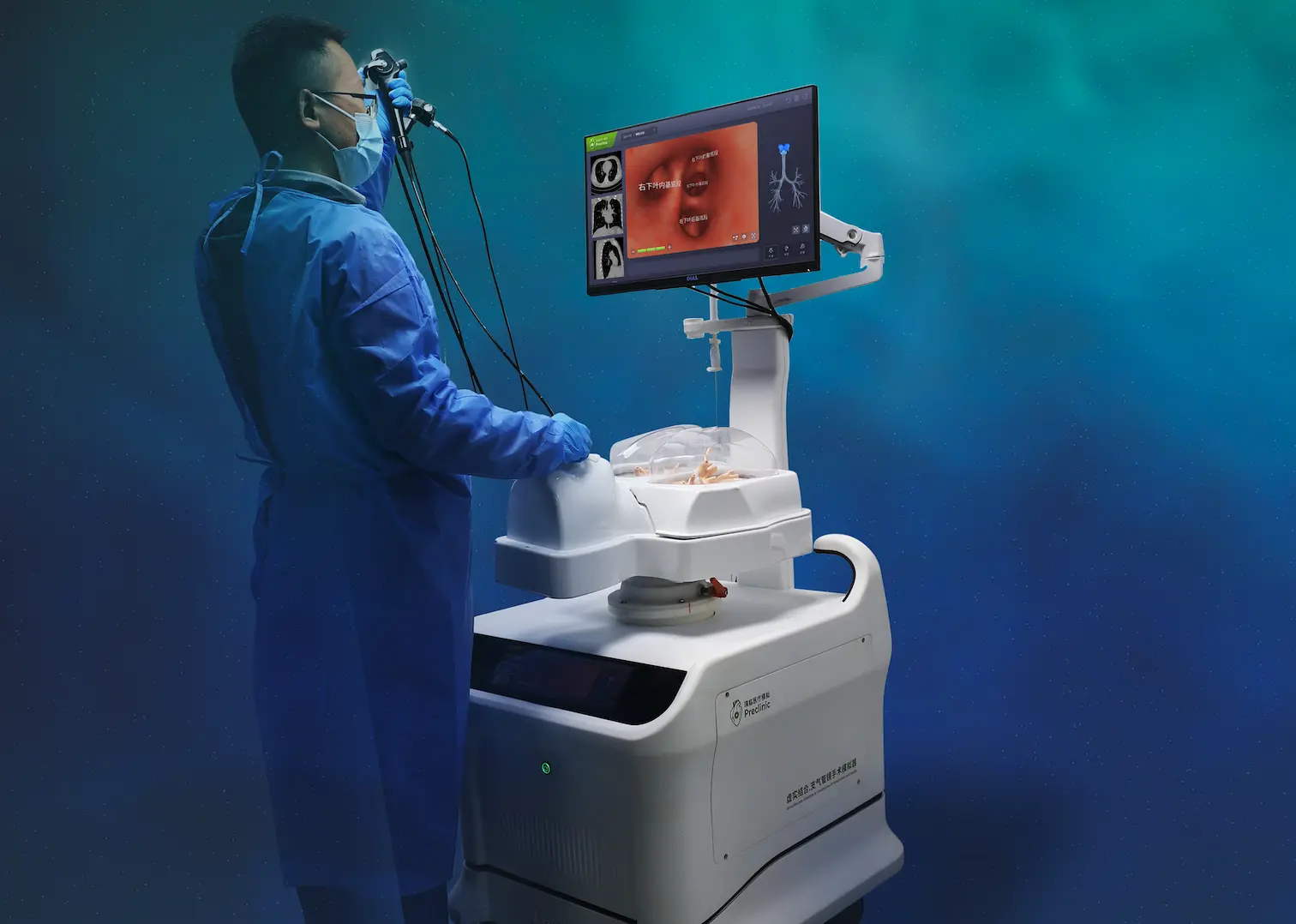Atrial septal defect and foramen ovale defect are two common congenital heart diseases that differ in pathogenesis, clinical manifestations, diagnostic methods, and treatment methods. Understanding these differences is essential for correct diagnosis and treatment.
Pathogenesis
Atrial septal defect: The septum between the atria fails to close completely, resulting in abnormal blood flow between the atria. It usually occurs during embryonic development, when the primitive atrial septum fails to develop or fuse normally.
Patent foramen ovale: The foramen ovale used to conduct blood from the mother's umbilical vein during the fetal period fails to close as expected after birth. This condition is usually caused by developmental abnormalities.
Clinical manifestations
Atrial septal defect: Mild defects may have no obvious symptoms, while severe defects may cause symptoms such as palpitations, fatigue, and dyspnea. With age, discomfort may gradually worsen and even lead to heart failure.
Patent foramen ovale: Most cases have no obvious symptoms, but in certain circumstances (such as strenuous exercise, coughing, or diving), it may cause the right atrium to have a higher pressure than the left atrium, resulting in abnormal right-to-left shunts, headaches, dizziness, dyspnea, or limb weakness.
Diagnostic methods
Atrial septal defect: mainly relies on imaging examinations such as electrocardiogram, X-ray examination and echocardiography.
Patent foramen ovale: mainly relies on cardiac ultrasound examination. The size and blood flow of the foramen ovale can be observed through transthoracic or transesophageal ultrasound examination. Cardiac catheter examination and cardiac magnetic resonance imaging examination can also be selected.
Treatment methods
Atrial septal defect: treatment methods include interventional treatment and surgical repair. Interventional treatment uses a catheter to send an occluder into the defect for occlusion. It is suitable for patients with small defects and clear edges. Surgical repair requires open-chest surgery to directly repair the defect.
Patent foramen ovale: treatment also includes interventional treatment and surgical repair. Interventional treatment uses an occluder for occlusion, which is suitable for most patients. For patients who are not suitable for interventional treatment, surgical repair can be considered.
Prognosis
Atrial septal defect: patients generally have a good prognosis after active treatment, but if patients with patent foramen ovale do not receive active treatment, it may cause abnormal blood shunting in the heart, leading to changes in heart structure and even heart failure, and the patient's prognosis is usually poor.

 English
English  中文
中文 

